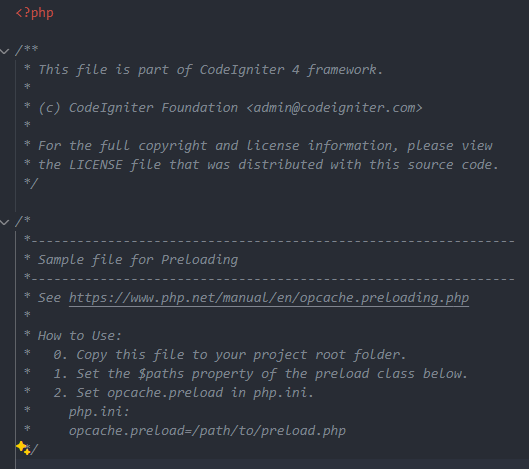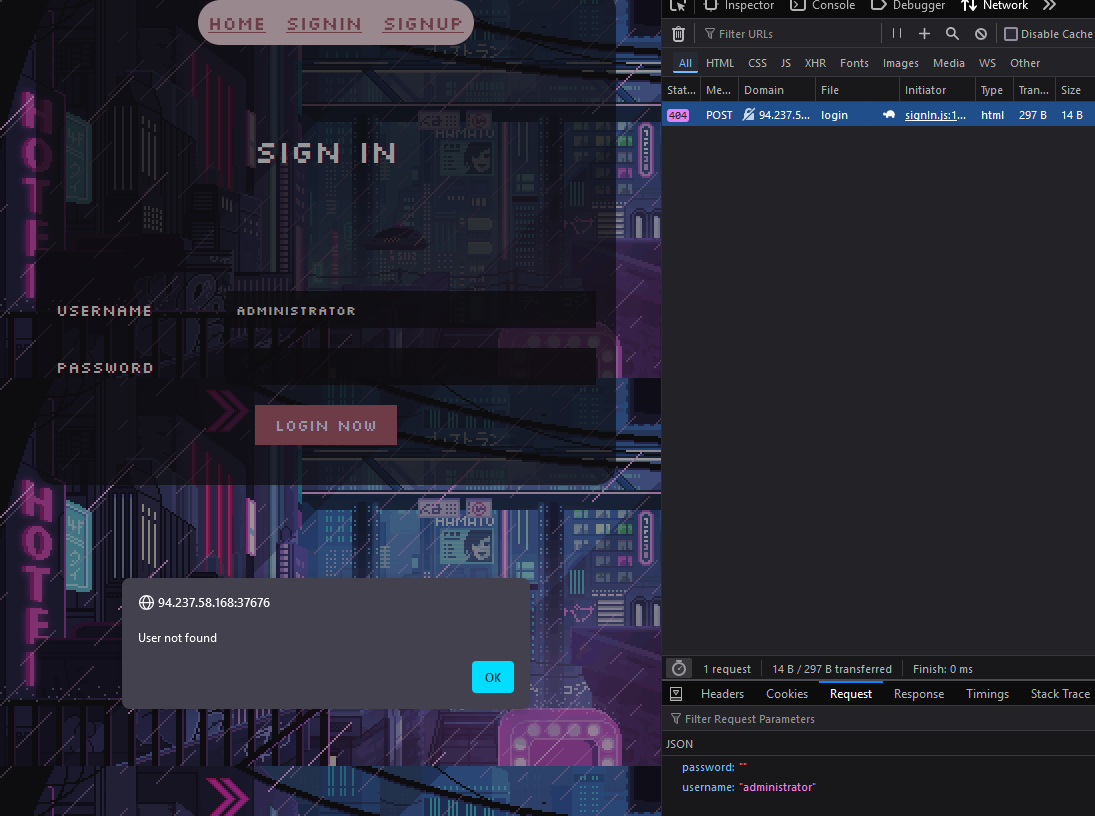By: khanhhnahk1
1 hour
Another PHP challenge this time round. Let's jump right into it.
Reconnaissance
The first thing I noticed with this particular challenge was that the source codebase seems to be massive compared to the other previous challenges.

The source code for the challenge
What on earth - I thought this was meant to be an easy challenge. But as I started to look through the code, I realised a lot of the folders contained little to no code - this was probably a framework.

Reference to framework
Ah yep - it's a framework known as CodeIgniter. My first thought was that there could be a vulnerability in the framework itself, but continued to look through the codebase during this reconnaissance phase.
CodeIgniter has had its fair share of vulnerabilities in the past, for example: this SQLi vulnerability . Thinking I was on the right track already, I noticed the version - below versions 3.1.13. The version we were using in this repo was already v4, so this was a no-go.
Given that this challenge was released in 2021, it was unlikely that this vulnerability would be present in this challenge. I decided to continue looking through the source code for the challenge.
Naturally, my next Google search was "CodeIgniter v4 vulnerabilities". This yielded more results to my surprise!
Unfortunately, both CVEs were only present in versions prior to 4.4.3. We were on 4.4.4 (lol). That was an interesting, but ultimately fruitless sidetrack.
The entrypoint.sh contained some interesting information - that there was a basic SQLite database with a table named users containing a single user with the username administator and a random password. There was also no mention of the flag.txt being randomly named and placed somewhere else. There was also a randomly generated JWT_SECRET, stored as an env variable.
Playing around with the website, and in knowing that there are JWTs involved, I checked how these JWTs were being stored - as I suspected, they were being stored in a cookie.

Continuing to snoop around the source code - there's this interesting file called ProfileController.php which contained the following code snippet:
public function index() { $token = (string) $_COOKIE["token"] ?? null; $flag = file_get_contents(APPPATH . "/../flag.txt"); if (isset($token)) { $key = (string) getenv("JWT_SECRET"); $jwt_decode = JWT::decode($token, new Key($key, "HS256")); $username = $jwt_decode->username; if ($username == "administrator") { return view("ProfilePage", [ "username" => $username, "content" => $flag, ]); Well - clearly we need to get admin access to get the flag in this case.
The actual HTML pages were stored in the Views folder, and most of these had little interesting code. They mostly contained the HTML for the pages. Checking the rest of the folders, it looked like the most interesting code was all contained within the Controllers folder.
SQL injection seemed to be a dead end, as the application was using prepared statements. I also tried to see if there was any way to bypass the JWT token, but that seemed to be far too deep of a rabbit hole to look into, surely there was a simpler way.
Exploitation
Taking a closer look at the UserController.php file, we have the main logic for the login and registration of users - I suspected that this would be the place to look for the vulnerability given that our end goal was to get the flag via logging in as the administrator.
$db = db_connect();$json_data = request()->getJSON(true);if (!count($json_data) == 2) { return $this->respond("Please provide username and password", 404);}$query = $db->table("users")->getWhere($json_data, 1, 0);$result = $query->getRowArray();if (!$result) { return $this->respond("User not found", 404);} else { $key = (string) getenv("JWT_SECRET");// rest of login logic Wait a minute - the if condition looks a bit off. It's checking if the count of the JSON data is not equal to 2 - but it seems to be missing some brackets. The placement of the ! next to the count function seems to be a mistake. count($json_data) would of course return a number of the elements in the JSON data, which would be 2 in a normal login scenario. But, because of the ! operator, we get a boolean value out of the LHS, which would never be equal to 2.
Paying attention to the login logic, all we are doing is querying the database based on the fields we provide it. So, if I don't provide a password, then there is no need to match the password field in the database and I could login as any user. With the flaw in the if logic condition, by providing only one key, the if condition would never trigger (in fact, it never does).

Hmm, not quite there. As you can see int he request tab, the password field is still present, just empty. The database query would still be matching against the empty string, which is of course false, so we aren't quite there yet.
No stress, we can just remove the password field from the request and send it manually ourselves, not through the website. I just used Firefox's built in dev tools to spoof a request.

Success!
Nice - we have a token now. Interestingly, the page didn't redirect me to the profile page where I could grab the flag. Instead, I manually spoofed my own cookie to contain the token for the admin, and navigated to the profile page.

We have the flag :)
Reflection and Learnings
This challenge serves as a good reminder of the importance of testing and code review. The vulnerability in this challenge was a simple logic error, but it was one that could have been easily caught with some testing.
This challenge was a good reminder of the importance of staying persistent but pragmatic. I think it was a good approach to move on from testing for SQLi and JWT bypasses when I realised that these were probably too complicated for the scope of this challenge. Balancing persistence with pragmatism is key in CTFs.
I think it's important to remember that not all CVEs are relevant to the challenge at hand. It's easy to get sidetracked by vulnerabilities that are not present in the version of the software you are working with. It's important to stay focused on the challenge and not get lost in the weeds of irrelevant CVEs.
Last Writeup
Render Quest
Next Writeup
No Threshold